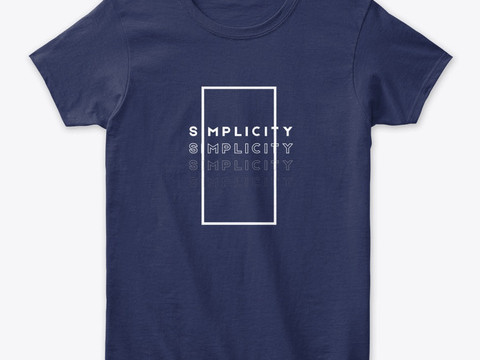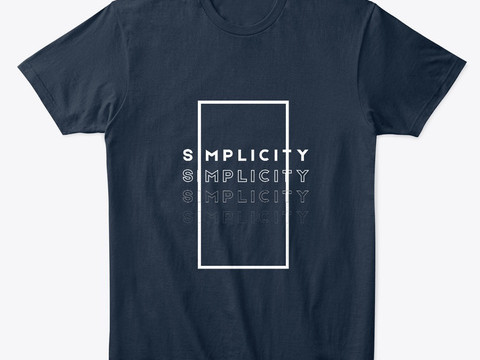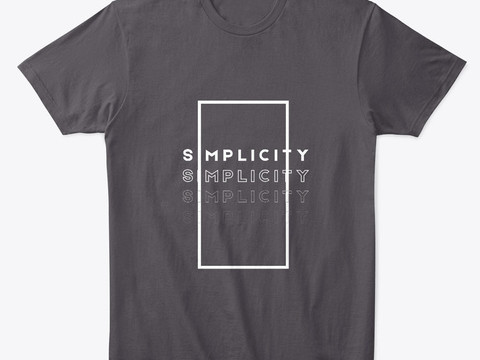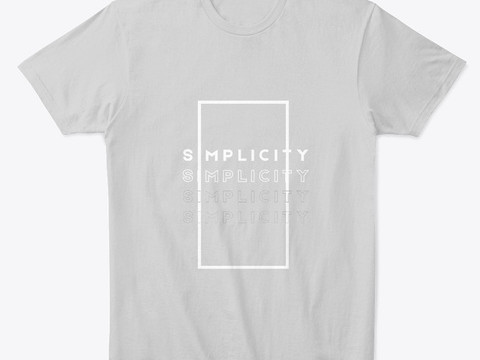
World Cotton Day is an annual event celebrated on October 7th, dedicated to recognizing the importance of cotton as a global commodity. This versatile and valuable crop has been cultivated for thousands of years, shaping economies and fashion industries worldwide. In this article, we will delve into the significance of World Cotton Day and explore the various types of cotton that play a pivotal role in industries ranging from fashion to agriculture.
The Significance of World Cotton Day
World Cotton Day was established by the World Trade Organization (WTO) in 2019 to celebrate and raise awareness about the importance of cotton in the global economy. It serves as a platform to highlight the contributions of cotton production to the livelihoods of millions of people, especially in developing countries. This day also underscores the sustainability and innovation efforts within the cotton industry.
Types of Cotton
- Upland Cotton: Upland cotton (Gossypium hirsutum) is the most widely cultivated and commercially significant cotton variety globally. It accounts for approximately 90% of the world’s cotton production. Upland cotton is known for its relatively short fibers, making it suitable for a wide range of applications, from clothing and textiles to home furnishings.
- Pima Cotton: Pima cotton (Gossypium barbadense), also known as extra-long staple (ELS) cotton, is renowned for its exceptionally long and fine fibers. It is primarily grown in the United States, Peru, and a few other select regions. Pima cotton is coveted in the fashion industry for its luxurious feel and durability, often used to create high-end bedding, towels, and premium clothing.
- Organic Cotton: In recent years, the demand for sustainable and eco-friendly products has driven the growth of organic cotton farming. Organic cotton is cultivated without the use of synthetic pesticides or genetically modified organisms (GMOs). It promotes healthier ecosystems and is favored by conscious consumers looking to reduce their environmental footprint.
- Egyptian Cotton: Egyptian cotton is another premium cotton variety, known for its long and strong fibers. Grown primarily in Egypt’s Nile Delta region, this cotton is highly regarded for its softness and quality. It is commonly used in luxury bedding and linens.
- Sea Island Cotton: Sea Island cotton (Gossypium barbadense var. palmeri) is a rare and prized cotton variety grown in the West Indies, particularly in the Sea Islands. It is celebrated for its exceptionally long staple length and silky texture. Sea Island cotton is reserved for crafting high-end clothing and luxury fabrics.
- Supima Cotton: Supima cotton is the abbreviation for “superior pima.” It is a premium variety grown exclusively in the United States. Supima cotton boasts the long staple length of pima cotton and is known for its softness and strength. It is commonly used in high-quality t-shirts, sheets, and apparel.
- Bt Cotton: Bt cotton is genetically modified to produce a protein toxic to certain insects, reducing the need for chemical pesticides. It has been adopted by many cotton-producing countries to improve yields and reduce environmental impact. However, it remains a subject of debate due to concerns about its long-term effects.
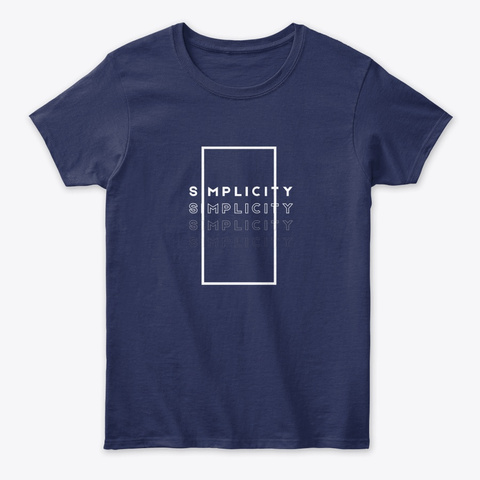
World Cotton Day provides an opportunity to acknowledge the vital role cotton plays in our daily lives and the global economy. As consumers become more conscious of sustainability and quality, the diverse types of cotton available in the market offer options that cater to various preferences and needs. Whether it’s the softness of Pima cotton, the eco-friendliness of organic cotton, or the luxury of Egyptian cotton, each variety has its unique characteristics, making cotton a fascinating and essential commodity in our world today.




